People seem to possess a natural inclination to want to see things that are far away; it’s not good enough to just catch a glimpse of distant objects, we want to see them in some degree of detail. It’s why we’re all thrilled by our first look through a telescope: we have, in an abstract way, gained access to something that is out of our reach.
One of the most captivating aspects of photography is — due in large part to the reason alluded to above — working with telephoto lenses. These “long” lenses provide the visual reach that so many photographers crave, allowing them to experience a perspective that they wouldn’t otherwise be able to.
Telephoto lenses do have more uses than just getting close to your subject. They also come with a few notes of caution that should be heeded in order to use these types of lenses effectively.
What is a Telephoto Lens?
You might already know that a lens with a focal length of 35mm or less is usually considered “wide,” as it has a relatively large field of view. Focal lengths in the range of 35mm-70mm are typically categorized as “normal” lenses; they more or less mimic what we see with the naked eye. Once you move beyond roughly 70mm, you’re entering the telephoto range. To be even more specific, telephoto lenses are sometimes broken down into sub-categories: short telephoto (85mm to 135mm), medium telephoto (135mm to 300mm), and super telephoto (over 300mm).
What is a Telephoto Lens Good For?
1. Bringing distant objects up close. This one is a rather obvious and the most sought after use of a telephoto lens. If you can’t get close to your subject, use a telephoto lens and bring your subject to you. The specific applications are virtually endless: sports, landscapes, astrophotography, street photography, architecture, wildlife. Any situation where distance presents itself as a barrier is a situation that calls for a long lens.
2. Bringing distant objects and near objects together. This is known as the “telephoto effect.” Due to the optical characteristics of telephoto lenses, you will find that they “flatten” the depth of a scene. In the photo below, the structures on the pier (the near object) and the sun (the distant object) appear to lie somewhat on the same visual plane; the sun seems much closer to the pier than it is in reality.
3. Isolating your subject. There are many different ways to isolate a subject using other types of lenses, but a telephoto lens makes it that much easier due to its narrow field of view; you can minimize background distractions and emphasize your subject without having to crop too much in post processing.
4. Tight framing of your subject. Telephoto lenses magnify the subject, effectively decreasing the distance between you and it; one of the obvious benefits of this is the ability to photograph things that are out of reach. But beyond the simplest of practical implications, tightly framing your subject allows you to emphasize details that might be less apparent when shooting with a shorter lens.
5. Getting shallow depth of field. Yet another way to isolate a subject is by taking advantage of the shallow plane of focus inherent to telephoto lenses. With your subject in focus, a telephoto lens will throw the background out of focus (a trait referred to as “bokeh”) and, thus, further enhance the subject.
6. Panning. Panning is a technique whereby you photograph a moving subject by following its horizontal plane. The goal is to convey a sense of motion or action. Since this is a technique usually used on distant subjects, a telephoto lens is ideal.
7. Experimenting with astrophotography. If you want to try your hand at photographing the night sky and the bodies suspended within in, the easiest place to begin is with the moon. It’s big and bright and lends itself to being photographed with a long lens. With a tripod, a dark sky, and a timer or shutter release cable, you’re well on your way to some satisfying shots of the moon.
8. Simulating macro photography. A genuine macro lens is capable of reproducing images at a 1:1 or “life size” magnification. Telephoto lenses do not posses this capability but they can be used to get excellent close up shots. You can further approximate a macro lens by using extension tubes in conjunction with your telephoto.

Caterpillar Stage – Variable Checkerspot Butterfly caterpillar (Euphydryas chalcedona) Eating a Monkeyflower. by mikebaird, on Flickr
How to Effectively Use a Telephoto Lens for a Variety of Tasks
Telephoto lenses, despite some common misconceptions about them, are useful for a relatively wide range of shooting styles. The weight and optical characteristics of telephoto lenses, however, do present a few challenges that should be addressed.
- Avoid blur. Given the narrow field of view and relatively high magnification levels of telephoto lenses, it is vital to avoid lens blur. The longer the lens, the worse the blur can be, and the weight of these lenses only compounds the problem. So how do we deal with it?
- Shutter Speed – A sufficiently fast shutter speed helps prevent camera shake. To determine how fast is fast enough, correlate your shutter speed with your focal length. On a full frame camera, a 200mm lens will require a shutter speed of at least 1/200. On a crop sensor camera, multiply the focal length by the camera’s crop factor. So, for a camera with a crop factor of 1.6, your shutter speed for a 200mm lens should be at least 1/320.
- Image Stabilization – Many telephoto lenses are equipped with image stabilization technology that is designed to detect and counteract lens shake. All you have to do is flip a switch.
- Tripod – The classic solution for getting sharp images, make sure your tripod and tripod head are well-built and can withstand the weight of your camera/lens combo. If your lens has image stabilization, turn it off while using a tripod.
- Shutter Release – Even while a camera is mounted on a tripod, you will introduce movement to your setup by pressing the shutter. To avoid this, use a shutter release cable. There are also wireless shutter release options. If neither of these is available, use your camera’s timer function.
- Mirror Lock Up – A shutter release will eliminate vibration created by physically touching the camera, but there will still be mechanical vibration caused by the camera itself when the shutter is triggered and the mirror flips. Use your camera’s mirror lock-up feature to prevent this final source of potential movement. Mirror lock-up is a two phase process: trigger the shutter once to flip the mirror up, then again to engage the shutter.
- Continue to use good composition technique. Telephoto lenses are the ideal tool for getting close to your subjects, but be sure to not let your lens — especially if it’s a zoom lens — make you a lazy photographer. Flattering angles and interesting compositions still count!
Don’t let the lens do all the work. You’re still in charge of the creative process. When reading through all things a telephoto lens is good for, you should come to realize that your lens is just a tool. Use it to its full potential.
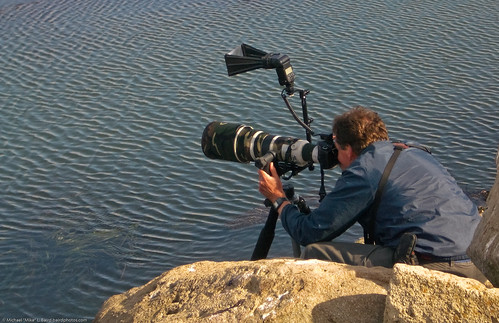
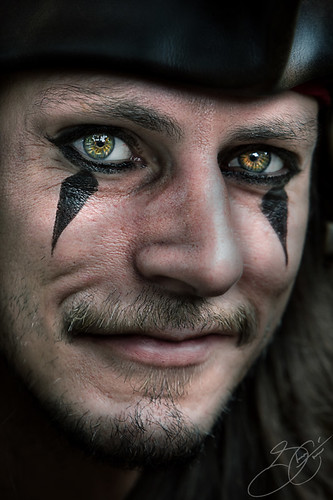
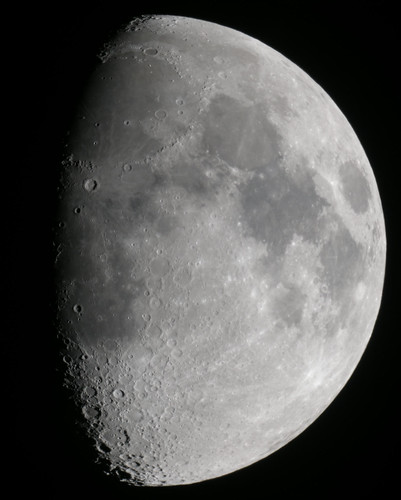

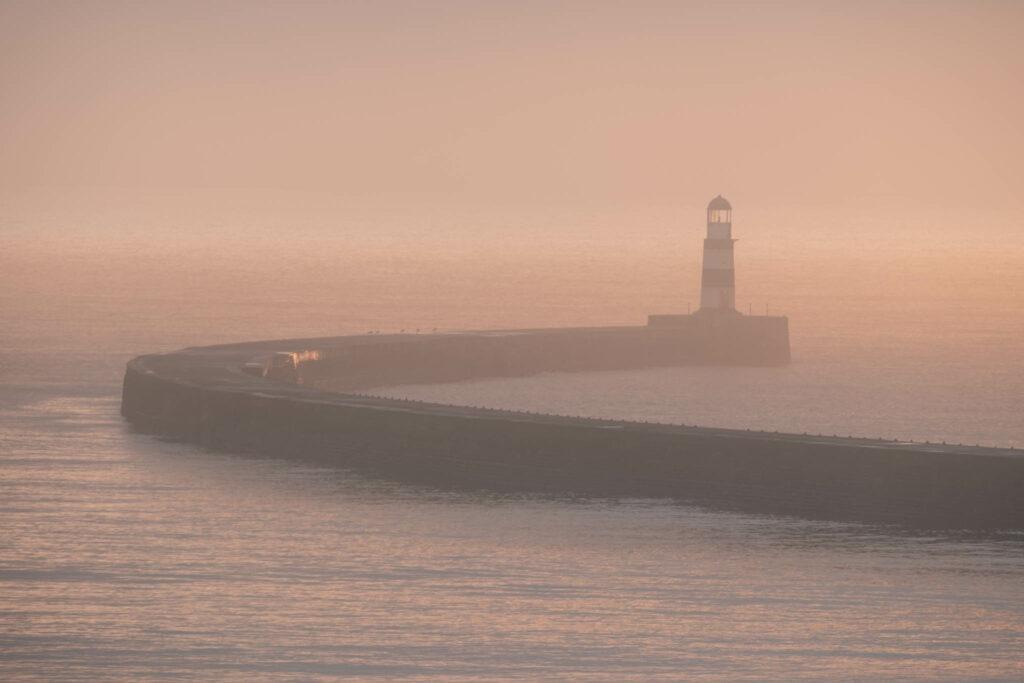


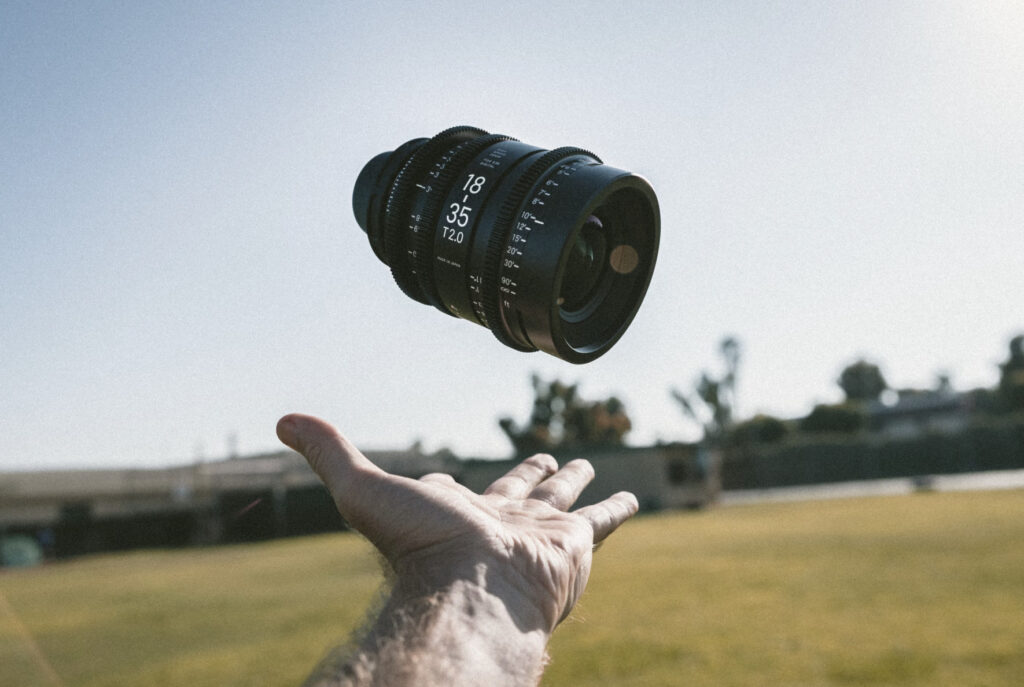
1 Comment
Great tips Jason, this should be sent out as a news letter for us amiture photographers, thanks.